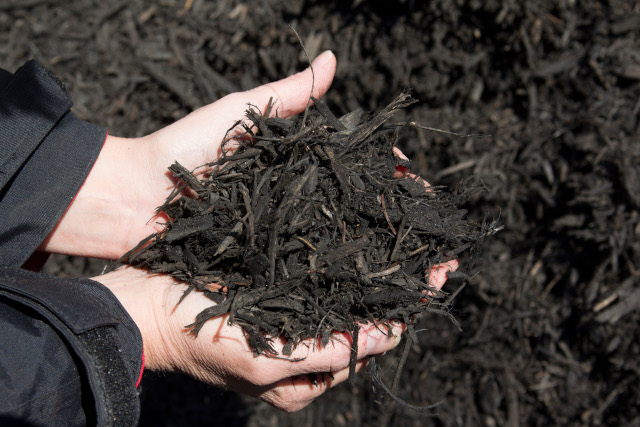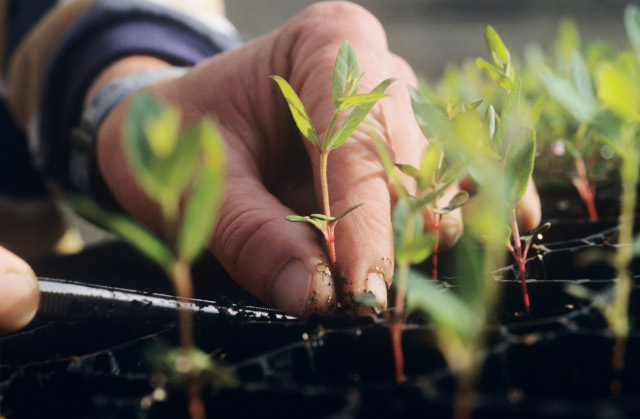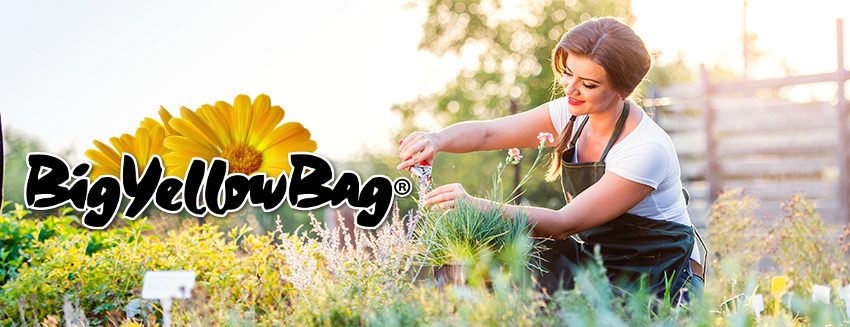Everyone’s heard the old joke by now: what do you do if you don’t like the spring weather in Southern Ontario? Wait ten minutes.
It’s true that the weather patterns have been getting downright weird in the past few years. More than ever, it’s important to abide by the conventional wisdom that says don’t “plant too early”. (We still favour waiting until at least the Victoria Day weekend.)
But what can you do when Mother Nature decides to throw you a curveball after you’ve already put your plants in? Thankfully, there are a few steps you can take to make sure your garden is still a homerun this year.
Prepare for the Cold Spring Weather
To begin with, consider sticking with cold-hearty plants at first. Don’t get too eager to put in the delicate flowers. They can’t handle a bit of frost if the temperature dips.

We love to curl up under a warm blanket when it’s a bit chilly. So do your plants! Give your plants a nice covering of mulch. This help keeps the soil warmer and protects your plants from frost. In addition, it helps retain moisture, prevents soil loss in a heavy wind or rain, and keeps weeds from germinating.
At Greenhorizons Sod Farms, we carry our Original Red or Midnight Black Mulch. Pick the colour that best suits your garden! Also, we can bring it right to your door with our amazing delivery service.

Battling the Wind and Rain
Like we mentioned before, wind and rain can be a real pain for gardeners. It can be all too easy to lose some of your soil when battling these elements. If your garden isn’t too big, consider putting up a windbreak. You just need to install some stakes or posts around the perimeter and then attach some screening. Trees and shrubbery are also natural windbreakers, and depending on what types you chose, can add beauty to your garden year-round.
You can also give your plants a bit of support by attaching them to stakes or some lattice.
Spring Heat
What happens when the spring weather swings to the other extreme, and instead of being too cold, it gets to be too hot too soon?
Mulch is still a good idea, and so are trees and shrubs, which can provide natural shade. If the sun is really beating down, you can also put in temporary shade to protect your plants. A few posts and a bit of screening stretched out over your plants can give them a break from the strong rays.
You’ll want to make sure you water regularly, but instead of watering more, water smart. Avoid watering in the heat of the day when the water will evaporate faster than the soil can absorb it. This way, the plants can benefit from it. Also, don’t over-water your plants. It’s generally good for them to have to send their roots a little deeper to get a drink – a deeper root system means healthier plants, especially if things get really dry.

BigYellowBag Black Garden Soil is a great choice when you want to make sure your plants are getting not only the nutrients and organic matter that they need to grow healthy and strong, but to also make sure you have a great growing medium. Our soil is light and fluffy, made up of a perfectly-balanced mix of all-natural soil varieties that we screen multiple times to make sure we’ve removed all of the clumps. It doesn’t get too wet or too dry, which means that it’s just right for growing pretty much anything in your garden.
Finally, it’s a good idea to connect with your local horticultural society, if you haven’t done so already. Those folks will have a wealth of knowledge on how to deal with the weird weather specifically affecting your area!
